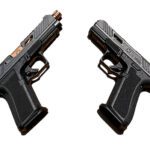The author extols the virtues of the .257 Roberts Ruger Hawkeye and explains why it has a permanent spot in his collection.
I now jokingly call myself a dinosaur. So I’ve started using things like Parker 51 fountain pens and Buck 119 Special knives. That means I like bolt-action or lever-action rifles made of metal and wood, and am happiest when my rifle is classic sporty and outfitted with iron sights.
My first centerfire rifle was a Mauser 98, which I modified to a sporty configuration. That rifle was eventually replaced with a handgun I wanted, but I never lost my love for a rifle designed with the features of a Mauser 98 action. I have several rifles with push-feed actions and they work perfectly, but there’s something special about the Mauser.
When it came time to add a .257 Roberts caliber rifle for reloading work, I wanted a rifle with the classic features of the 98. At the time, the obvious choice was the Ruger Model 77 Hawkeye. I already owned a Model 77 Mark II in his 7×57 caliber, but nearly all features of the new Hawkeye were identical. Since the introduction of the Model 77 in 1968, Ruger bolt actions have featured classic lines, Mauser-type pawls, non-rotating extractors, and dual locking lugs.
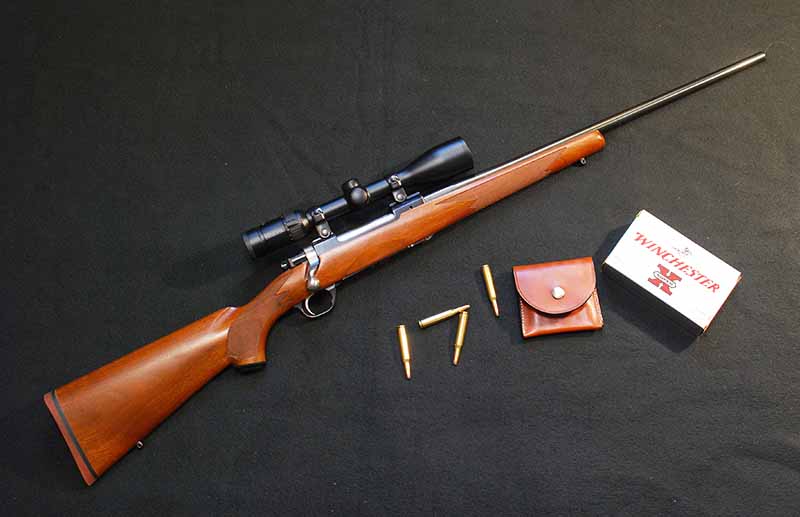
By the time the Mark II was introduced in 1991, the original tang-mounted slide safety had been replaced by a three-position wing safety on the right side of the rear of the receiver. In the rear position, the safety is “on” and the bolt is closed and locked. In the intermediate position, the safety is “on” but the bolt can be opened. You can fire your rifle while moving forward. This arrangement is similar to the Winchester Model 70, and it is difficult to imagine a more reliable or desirable type of safety that locks the bolt and firing pin. The Ruger Model 77 Hawkeye is available in a variety of configurations and calibers, but the classic Hunter version is perfect for me.
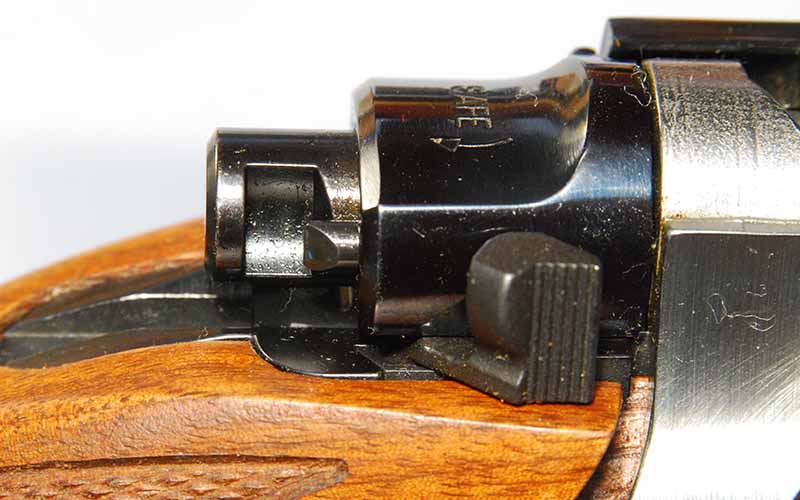
It has long been common practice to take a cartridge designed for one caliber and resize the neck to hold a larger or smaller diameter bullet. The case, which has been around since 1892, is a 7mm Mauser or 7×57. The diameter of the bullet (bore or groove diameter) is 0.284 inches, while land-to-land is 0.275 inches. Therefore, this cartridge became known by that designation in Britain, and the .275 Rigby soon became famous worldwide.
The 7×57 was loaded with a 173-grain round nose full metal jacket bullet with a muzzle velocity of approximately 2,300 fps. This is not surprising by modern standards, but the bullet penetrated very well, as WDM Bell’s use of that load on elephants proved. Jim Corbett used this cartridge extensively in India in sporting form in his Rigby rifle to eradicate man-eating leopards and tigers.
With a cartridge as world-famous as the 7mm Mauser, it is only natural that it undergoes “neck treatment.” By developing this, he created the 8×57 Mauser, which became a worldwide military ammunition. And Ned Roberts created the Wildcat bullet that Remington would eventually standardize as the .257 Roberts in his 1934 by necking it down to hold a .257-inch diameter bullet. For many years, the .257 Roberts was a popular sporting cartridge loaded in several popular rifles such as the Winchester Model 70 and Remington 722. Many of his custom rifles were also loaded for this bullet.
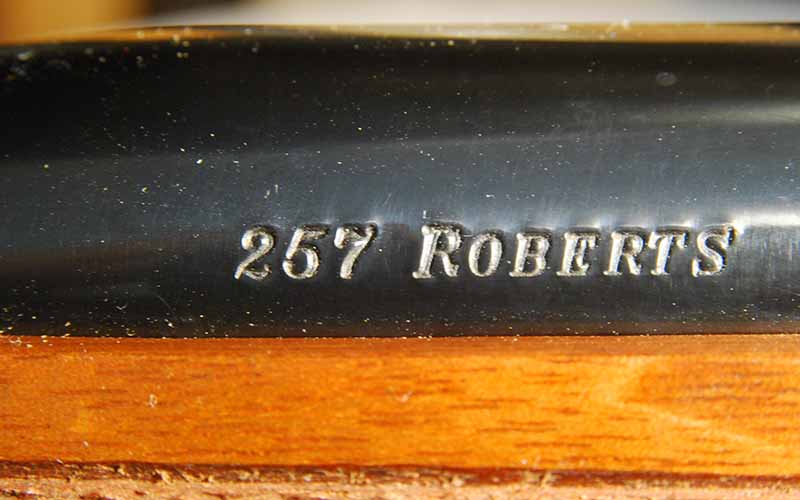
For many years, Warren Page field & stream, be gun digest Contributor, avid competitor and experimenter. One of his projects was to add a neck to the .308 Winchester so that it could hold a 6 mm diameter bullet, resulting in a cartridge closer to the current .243 Winchester. Not to be outdone, Remington created a .244 Remington chambered for 6 mm and necked with a .257 Roberts case and had a 1:12 inch twist. The .243 bullet has a 10-inch twist and a 1-inch twist, and was originally available in 80-grain and 100-grain bullets, the former for varmints and the latter for medium game. did. Remington loaded the .244 with 70-grain and 90-grain bullets.
Many considered the .243 to be more versatile, so Remington eventually changed the twist rate to 1:10 and renamed the .244 the 6mm Remington. More than any other caliber, these 6mm calibers made the .257 Roberts less popular.
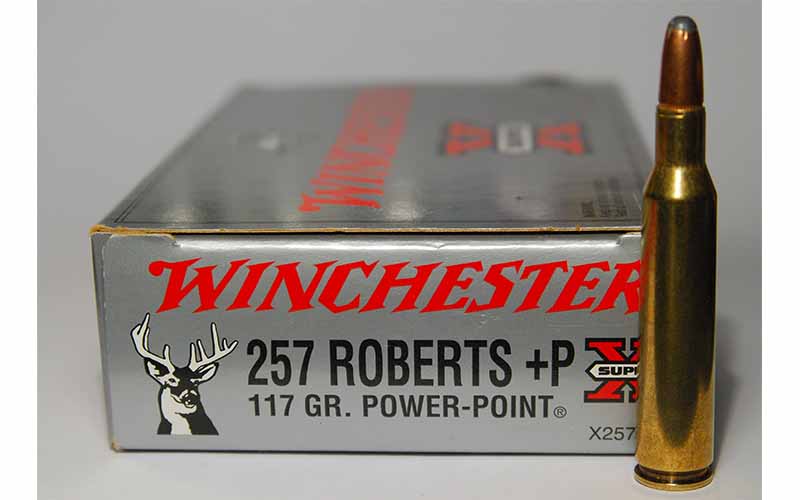
Advantages of the .257 Roberts over cartridges such as the .30-06 Springfield, .270 Winchester, and 7mm Remington Magnum include a relatively flat trajectory and adequate performance against vermin, predators, and moderate game. This includes reducing recoil while giving a However, with the introduction of the .243 Winchester and .244 Remington calibers in 1955, interest in the .257 Roberts and .250 Savage calibers rapidly waned. The new cartridge is preferable for hunting vermin and predators, but the advantages when used on medium game are imaginary, if any. Regardless, there are very few factory rifles available in .257 Roberts, as rifle manufacturers produce goods to sell.
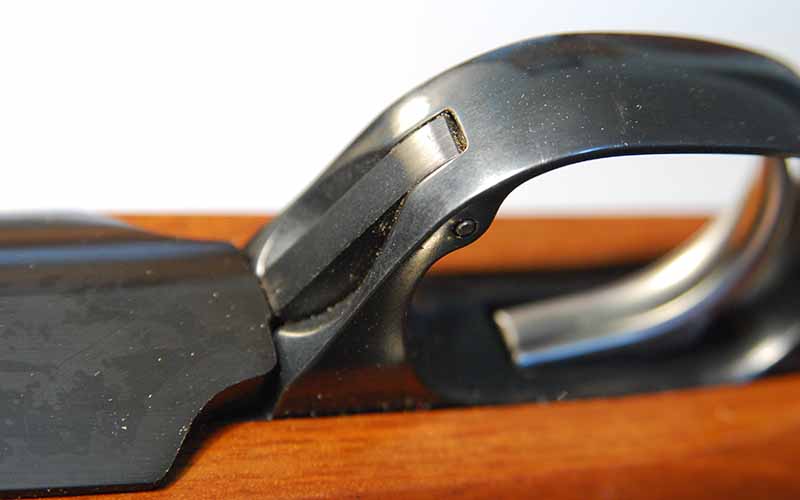
I have always admired Page’s writing, and while working on a reloading project, I knew I needed to get a rifle in .257 Roberts. My choice at the time was a Ruger Hawkeye, so I had my local dealer order one for me. When it came, I completed the paperwork and admired the elegant rifle. Currently, the Ruger Hawkeye’s MSRP is $1,399, which I think is comparable to other classic rifles that cost even more.
My Hawkeye has a beautiful walnut stock with a nice wraparound checkered pattern on the forearm. Compared to his one other rifle I own, the Hawkeye’s polishing and bluing is probably the best. You couldn’t ask for a more refined and beautiful rifle. Additionally, it has the desirable features of a Mauser, a Ruger Marksman trigger, and a great three-position safety.
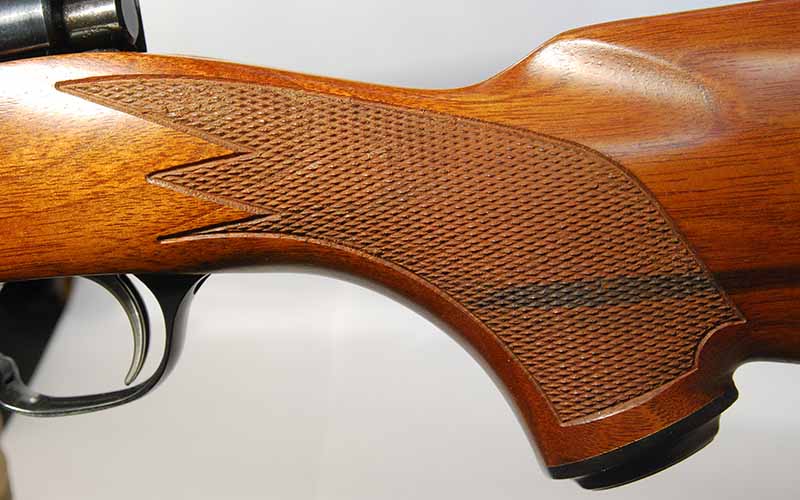
The availability of .257 Roberts ammunition roughly matches the availability of rifles of that caliber. You’ll find at least 10 factory items in the product list, but try to find one on a dealer’s shelf. If you find one, don’t look at the price tag. One of the factory options is a traditional 117-grain load with a velocity of about 2,700 fps. Such loads are sufficient for deer-sized prey under most conditions.
However, more unusual loads are listed by several companies. For example, Nosler lists ammunition with a 110-grain AccuBond at 3,050 fps, a 115-grain Nosler Ballistic Tip at 2,925 fps, and a 100-grain Partition at 3,000 fps. The Hornady features a super-performance load with a 117-grain SST bullet listed at 2,945 fps. With such a load, the .257 Roberts performs well at medium and long distances.

While there may be some nice .257 Roberts bullets in the catalog, my hand-held rounds greatly increase the versatility and performance of the rifle. I have used bullets ranging from his 60-grain Hornady flatpoint intended for use in .25-20 to the Speer 120-grain Spitzer boattail. A 60-grain bullet loaded at about 2,000 fps collects in a ragged hole, making it effective (and quiet) against pests.
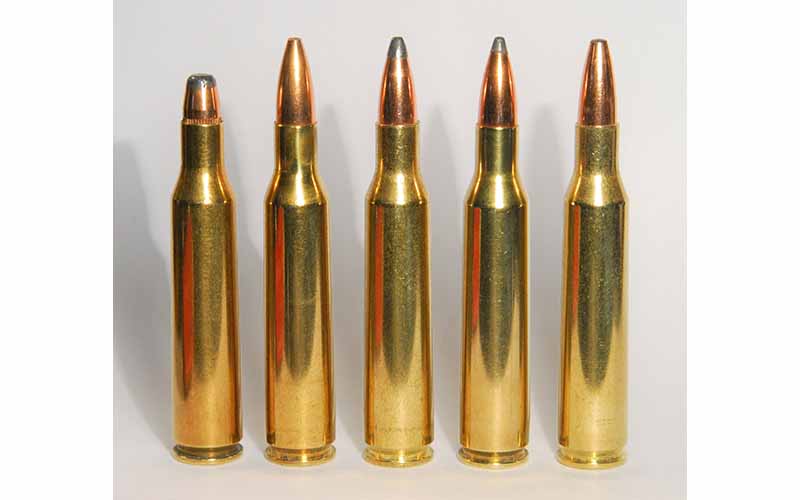
The 0.257-inch diameter bullet comes in a huge variety of styles. My favorite varmint load is a 75-grain Sierra hollowpoint with enough IMR-4064 or Hodgdon Varget to achieve speeds just over 3,000 fps. This load prints 5-shot groups at 100 yards that consistently measure less than 1 inch, the smallest I’ve gotten on a Ruger. The 75-grain V-Max provides comparable groups when loaded at 3,000 to 3,100 fps. For larger game, handloads with bullets in the 100-120 grain range work well. My favorite is the 115 grain Nosler Ballistic Tip. The 117-grain Sierra SPBT load performed well, with speeds of about 2,700 fps at IMR-4955.
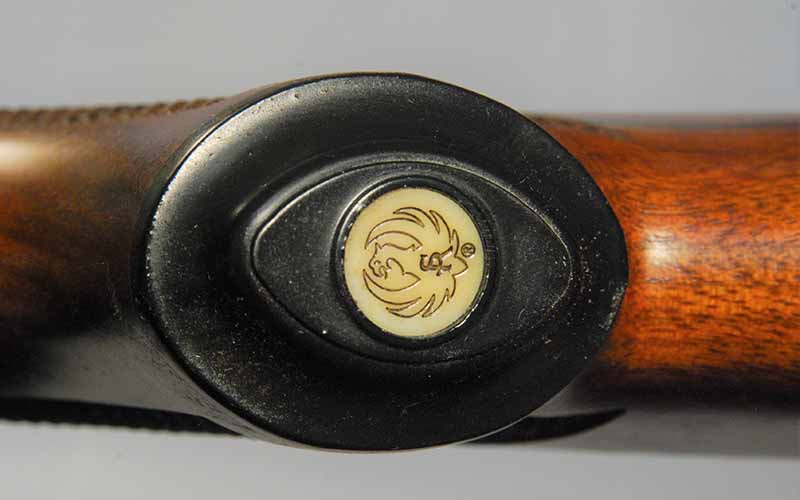
Despite the .243 Winchester, 6.5 mm Creedmoor, and other new cartridges, my .257 Roberts has not lost any of its versatility or ability. The Ruger Hawkeye Model 77 is an elegant rifle with excellent performance. If I had to omit some of my centerfire rifles, the last one left would be the Ruger .257 Roberts. I don’t shoot “systems” or “run” ammo, but my Ruger Hawkeye is a keeper.
Editor’s note: This article is an excerpt Gun Digest 2024, 78th edition.
Other bolt action rifles:
 Next step: Download free Storm Tactical Printable Target Pack
Next step: Download free Storm Tactical Printable Target Pack
62 Printable MOA Targets with DOT Drill – Rifle Range (Yards) This impressive target pack from our friends at Storm Tactical includes: 62 printable targets For rifle and handgun shooting range use. The target grid and bullseye size is expressed in MOA. Perfect for long distance shooting!
Subscribe to our Gun Digest email newsletter and we’ll send you a print-at-home target pack right away. Please enter your email address below.


